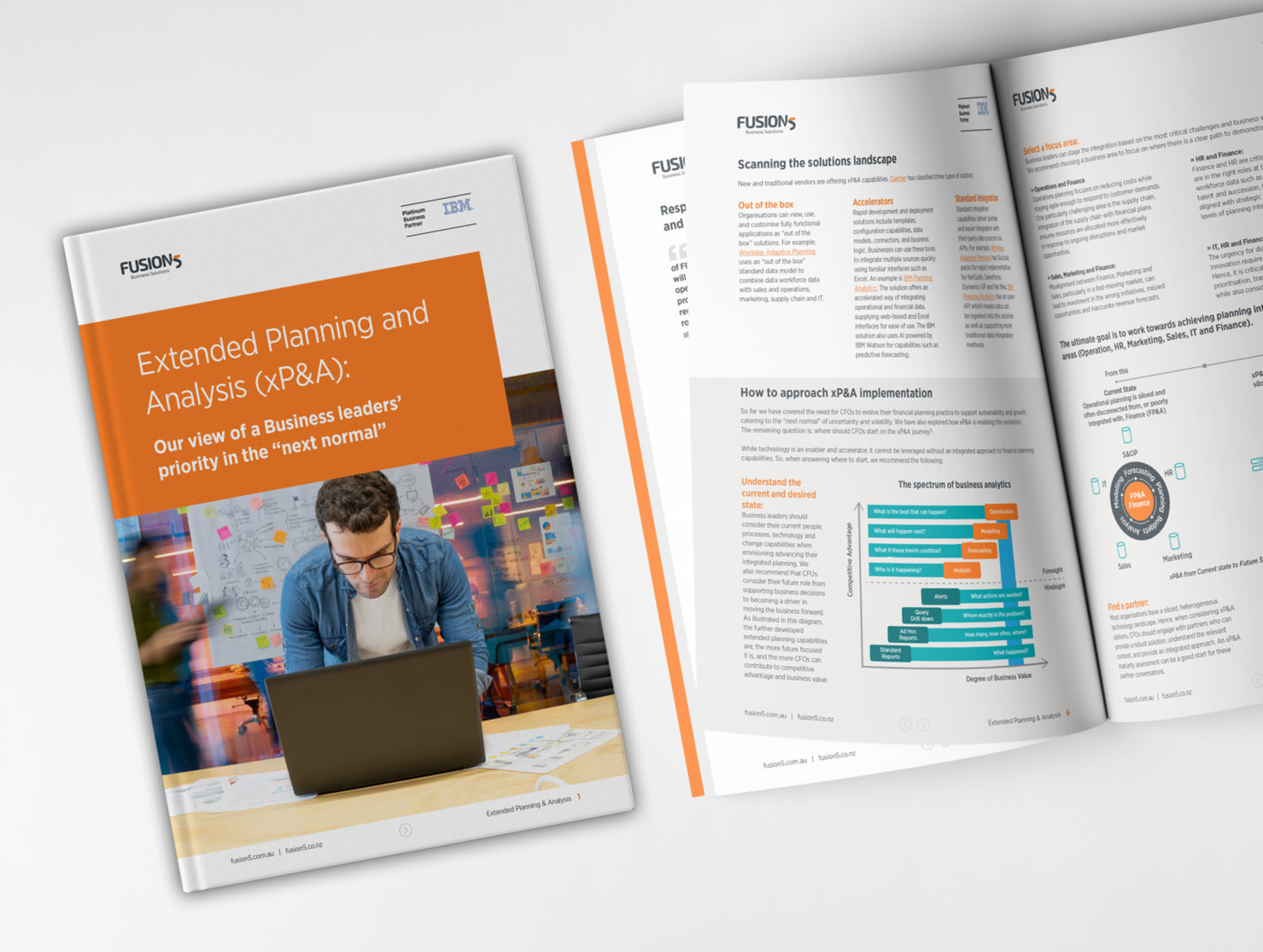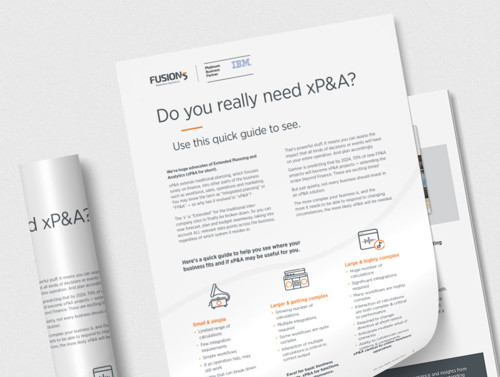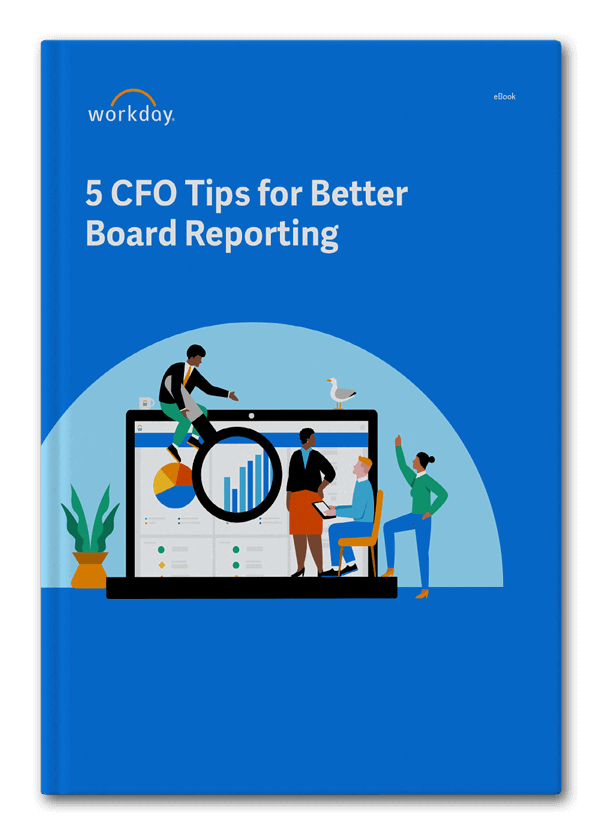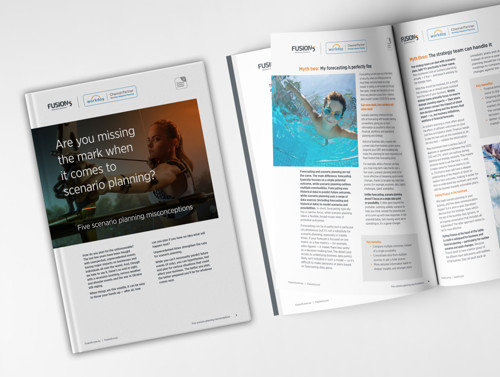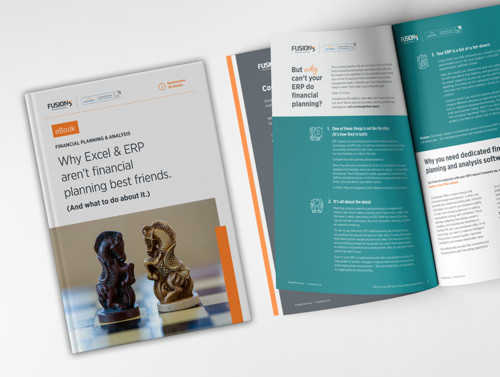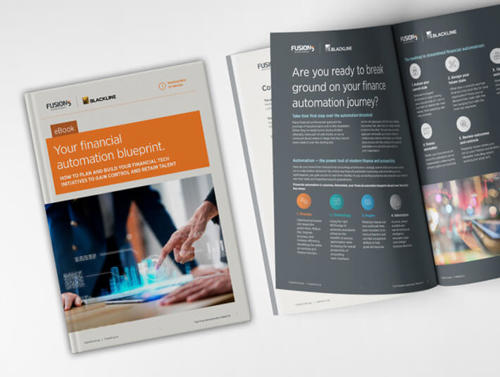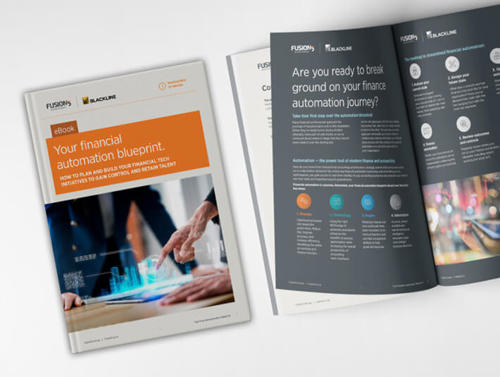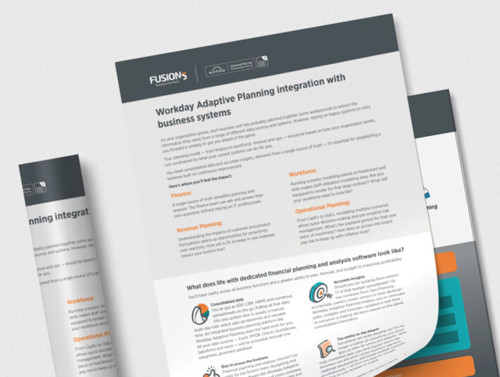Budgets are a crucial element of business success. Done well, they feed into your organisational planning and help you go into the next year with confidence and clarity around business performance. Unfortunately, business budgeting can also be a frustrating and difficult process. Competing needs can lead to overinflated departmental budgets and complex spreadsheets. A lack of transparency can turn some team members off the entire budgeting process. And poor communication can mean your finance team doesn’t get their budget information on time.
Want to build a process that works for you and your team? Here’s how to get started.
1. Build accountability into the process

Do your team leads tend to sandbag their budgets?Dothey inflate the numbers just a bit, so they get more than their fair share of the budget pie? If so, it’s a common issue that signifies a lack of accountability in your business.Withouttransparency around the budgeting process, it’s easy for managers to get away with inaccurate figures and overblown estimates.
Building accountability into yourbudgeting process, where managers build and test their budget numbers autonomously, can eliminate this issue. Depending on your business, this could mean making budget details available to all business units, sharing data between teams and following up on goals at the end ofthe budget period. All of these can help keep your people on track and ensure you’re not spending in the wrong areas.
2. More detail, more data
Do your team leads putmuchthought into their budgets? If they tend to rework last year’s figures — with a tweak here and there — it’s a sign that they don’t fully understand thebudgeting process.For your finance team, this means budget details may not reflect the real performance of each team, leading to an overall budget that’s not fit for purpose.
Accessible, real-time data can have atangible impact on this issue.
Ifall of your team membershave access to accurate, up-to-date figures — and even better, if they have tools on hand to adjust, create scenario planning and analyse that information — they’re more likely to deliver a budget that matches reality. This means less adjusting and double-checking for your finance team.
3. Streamline information sharing

In some businesses, communication between departments doesn’t run smoothly. Your finance team may struggle to communicate budget expectations with other business units, while those teams may be reluctant to ask questions or clarify during the budget process. This lack of clear communication can lead to lots of time-wasting back-and-forth later on, as your finance team is forced to question budget details. Clear, streamlined information sharing can help. If all your teams have access to the same system and the same business data, they’re far less likely to run into miscommunications and disagreements. If your finance team can set up a transparent, accessible process that helps other teams understand the budgeting process, even better.
4. Give your teams the tools they need
Are your business units supplying numbers that don’t add up? Are their estimates way off the mark?If not, this could be because they don’t have the tools to test and analyse their budgets before sendingthem to the finance team. With the right budgeting tools, teams can input numbers and test assumptions themselves. They can trial various scenarios and generate potential outcomes, helping them clarify their budget details early on. This not only prevents rework and saves time but also empowers team leads to manage their budgets themselves, boosting engagement.
5. Simplicity over complexity

Complex spreadsheets, confusing details and unclear budget parameters can turn the budget process into a nightmare – particularly for business units that don’t usually deal with the money side of things.Suppose you’re constantly shuttling data from spreadsheet to spreadsheet and asking different teams to deliver their budget details in different formats. In that case,you’re probably wasting time and risking the disengagement of your staff. Withthe help ofclear step-by-step guidance and intuitive interfaces, the right tech can simplify the budget process. Some software lets you create personalised budget dashboards that zero in on each team’s specific requirements and help keep them on track. Even better, with personalised, easy-to-use budgeting tools, your teams are less likely to disengage from the process. With the right tools, streamlined processes and an approachfocusedon communication and collaboration, businessbudgetingdoesn’thave to be a minefield.




